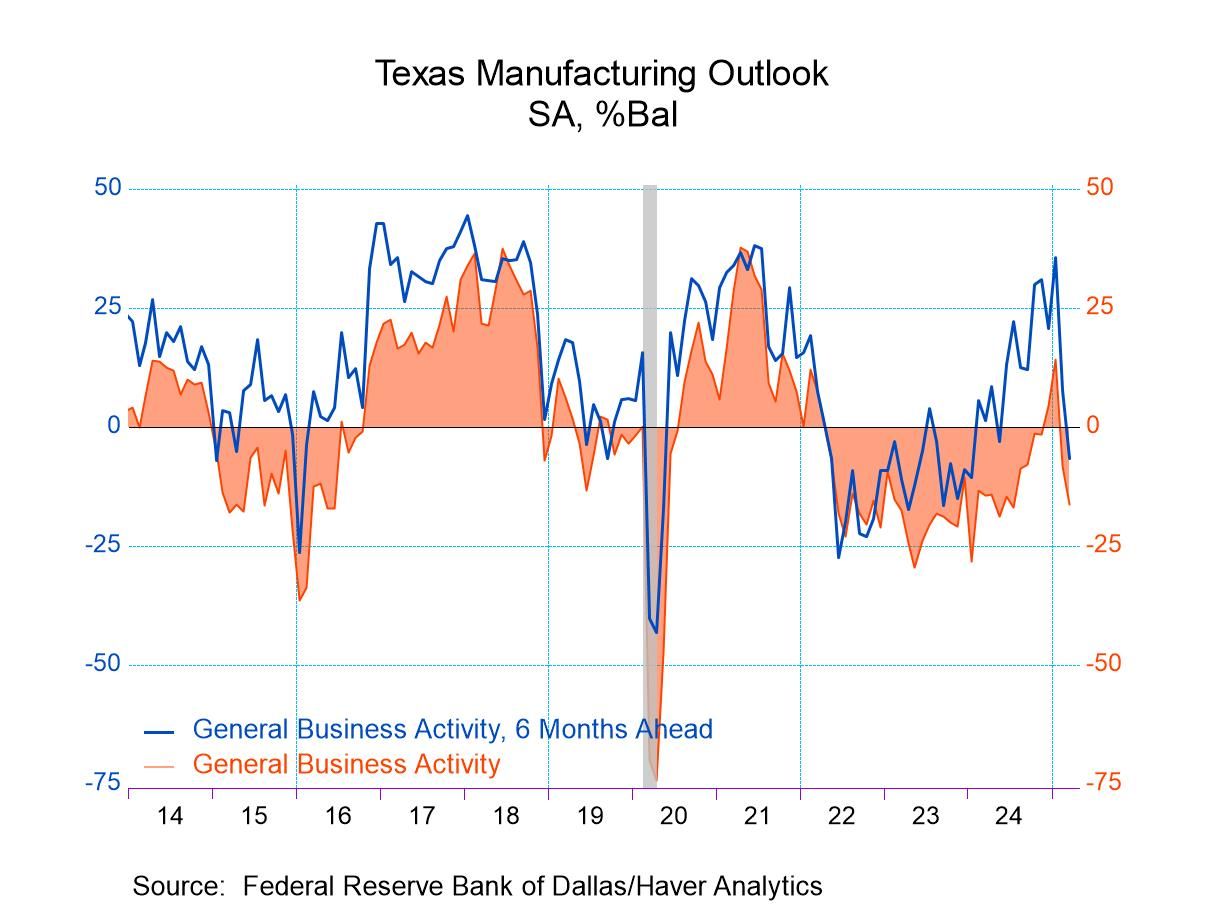This week, we turn our focus to India in the context of US President Trump’s upcoming “Liberation Day” tariff announcements on April 2. Investors are likely on edge, uncertain about the specifics of Trump’s proposed “reciprocal” tariffs. However, early indications suggest that initial concerns may have been overstated, with significant impacts likely limited to only a handful of economies. As we noted in our previous letter, India could be among the most exposed in Asia to these tariffs, given its relatively high tariff rates (chart 1) and specifically those on imports from the US. Beyond tariffs, India also maintains comparatively high non-tariff trade barriers—both in contrast to the US and its more trade-liberal Asian peers (chart 2). Despite these concerns, India’s financial markets have demonstrated strong performance lately. The Indian rupee has staged a strong recovery from earlier selloffs, while equities have rallied (chart 3). The rupee’s resurgence may be partly driven by seasonal flows, whereas equities appear to have benefited from a sharp rebound in foreign portfolio inflows (chart 4). Looking at longer-term structural challenges, one area where India has yet to fully capitalize is its workforce. Despite a relatively young population, a significant portion remains unemployed (chart 5). A closer examination reveals several contributing factors, including insufficient job creation, a persistent skills mismatch, and, more fundamentally, the need for improved access to basic education (chart 6), among other challenges.
US “reciprocal” tariffs As discussed in last week’s economic letter, India is among the most exposed countries in Asia to US President Trump’s upcoming “reciprocal” tariffs, set to be unveiled later this week (April 2). This exposure stems from the fact that not only does the US run a significant trade deficit with India, but India also imposes comparatively high tariff rates on imports in general, and not just from the US, as shown in chart 1. While there are concerns about the potential impact of these tariffs, India has already begun trade deal talks with the US to mitigate the effects if they are implemented. It seems that Trump’s underlying strategy may be working: US-India trade talks are reportedly progressing well, with India considering tariff reductions or even eliminations on more than half of its imports from the US.


 Asia
Asia



































